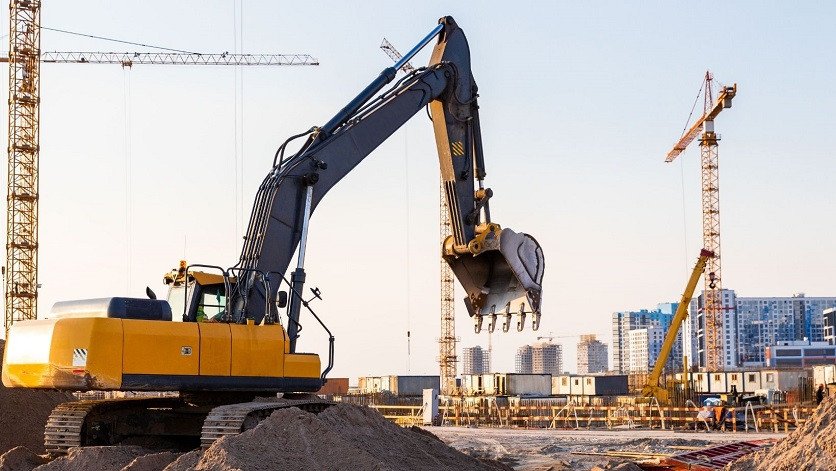Share

The Centre has changed a number of clauses in its model concession agreement to ease the market’s woes, but it remains to be seen whether these will be appreciated by the sector. India’s key infrastructure sectors – real estate, renewable energy and roads – are likely to see investments of Rs 15 trillion over the next two financial years. The ratings agency added that this would be an increase of 38 per cent over the previous two years. The surge will ride on India’s need for creation of sustainable infrastructure by adding more green power to the energy mix, improving physical connectivity through a denser road network, as well as rising demand for residential and commercial real estate.
According to Krishnan Sitaraman, senior director and chief ratings officer, CRISIL Ratings, the underlying demand drivers in these three sectors remain strong, with regular policy interventions fueling investor interest. This has also supported healthy credit risk profiles of private players and strengthened their execution and funding capabilities. In renewables, timely commissioning of storage and storage-linked capacities remains a key risk given their higher tariffs compared with the usual renewable capacities. These storage-linked capacities have so far had low traction on the ground in finding off-takers, with nearly Rs 7 Gw of Rs 9 Gw projects yet to find buyers. Similarly, in the roads sector, as Government budgetary allocation is moderating, amendments in the build-operate-transfer (BOT) toll model concession agreement have been made to increase private participation. However, improvement in traffic estimation accuracy and higher willingness of lenders to fund BOT toll projects will bear watching. Earlier this year, the Government had launched a pipeline of 53 projects worth Rs 2.2 trillion to be bid out under the BOT model. This, along with private participation, is also a means for the Government to meet its highway awarding target. The ministry had failed to meet its target last financial year due to its Bharatmala program being stuck in bureaucratic red tape.
However, the BOT model has been unpopular over the past few years owing to a non-performing asset (NPA) crisis from previously-awarded projects. The Centre has changed a number of clauses in its model concession agreement to ease the market’s woes, but it remains to be seen whether these will be appreciated by the sector. In case the lenders or developers are cautious about the new BOT projects and the response from the sector is tepid, it may stagnate highway awarding. This may see a two-three per cent growth in highway capital expenditure. The impact on order books of developers may be there in case the new BOT projects don’t work. But even if the new projects are half-successful, the balance sheets of developers are heavy enough to withstand it.
Related Posts
SEARCH SMECONNECT-DESK
RECENT POST
- DRDO organizes conclave for capacity building of MSMEs for development of UP Defense Industrial Corridor
- INTERACTIVE MEETING WITH GOVERNOR, RESERVE BANK OF INDIA
- Creating domestic ‘Big Four’: ICAI developing digital platform to facilitate CA firm mergers, tie-ups
- Tamil Nadu’s MSMEs brace for global headwinds as US tariffs reshape trade
- Electronic sector now a Rs.11.5 lakh crores industry, Ashwini Vaishnaw explains what’s driving the massive surge










